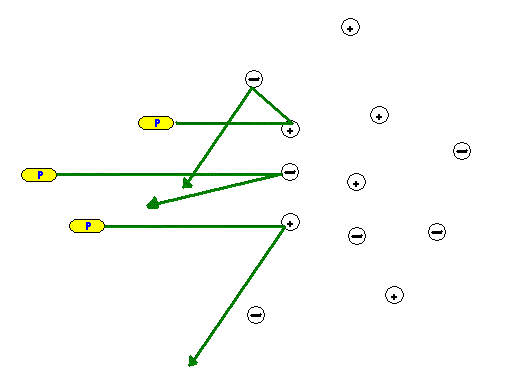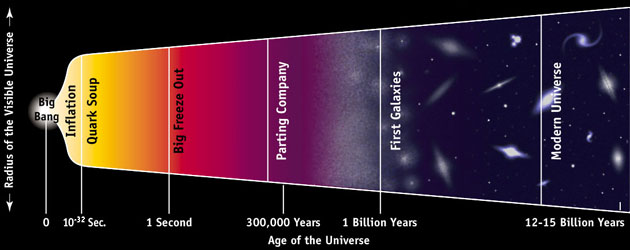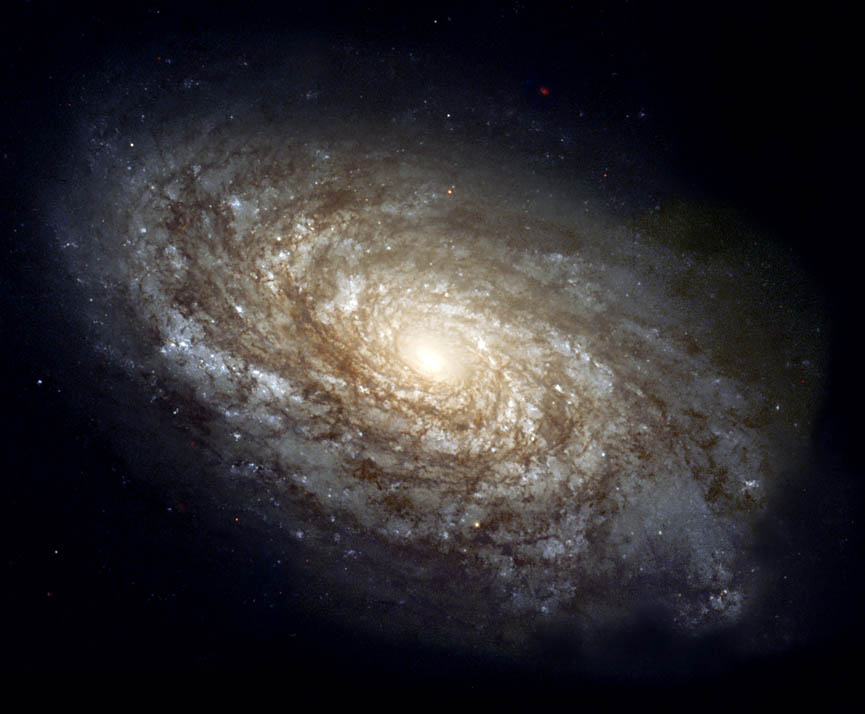From the beginning...
So how did it all start? A very good question, and one that is highly
debated. Most people agree that the universe started very small and
very dense and underwent an initial inflation that lasted a
infinitismle fraction of a second (thus the universe expanded much
faster than the speed of light (and you thought nothing could move
faster than the speed of light...). But the universe was still really
hot, so hot that ordinary atoms couldn't even exist. Electrons caused
very small packets of light called photons to scatter continuously, and
if you can believe it, light was actually linked, or coupled, to the
particles, causing the whole universe to glow. This is the stage that
scientists like to call the primordial soup because the
universe looked like a plasma "soup" of protons, electrons, neutrons,
neutrinos, photons, etc.
(Just look at the picture on the right of Compton
Scattering of photons off ionized particles.)
|
 |
| Anyhow, as you all probably know, things
start to cool off as they
expand, so as the universe continued to expand, it cooled off.
Eventually, after about 300,000 years, it cooled off enough so that
atoms could form. Photons are far more likely to scatter off ionized
particles like protons and electrons (particles that have an electric
charge) than neutrally-charged atoms, so finally the photons travelling
through space could move in straight paths instead of constantly being
scattered by electrons. As a result, the formation of atoms lead to the
creation of the elements hydrogen and helium, and the now
free-streaming photons made up a nearly uniform light radiation that
filled the whole universe. The study of this radiation, which we call
the Cosmic Microwave Background, may
hold the key to some of the most pressing questions about the universe
and its ultimate fate.
(The picture on the right shows photons travelling in
straight paths when ordinary matter forms.)
|
 |
The Formation of Galaxies and Galaxy Clusters
Some regions in this universe were very dense, and they had enough
gravity to overcome the expansion and form galaxies and galaxy
clusters. That is why we are careful to say that distant
galaxies and galaxy clusters are expanding away from each other. For
example, our own galaxy (known as the Milky Way) is really part of a
cluster of galaxies. And unlike distant galaxies, the galaxies in what
we call our local group are actually moving toward us due to
gravity! |



